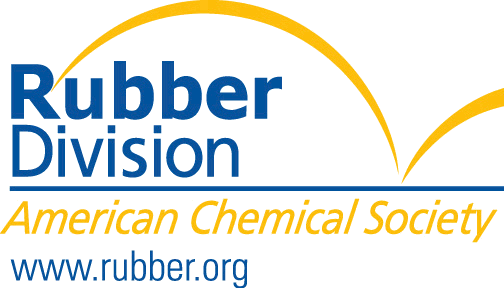Effects of Catalyst Concentration on the Structure, Morphology and Mechanical Properties of Polyisobutylene-based Thermoplastic Polyurethanes
Effects of Catalyst Concentration on the Structure, Morphology and Mechanical Properties of Polyisobutylene-based Thermoplastic Polyurethanes
Wednesday, March 26, 2014: 1:30 PM
We studied the morphology and mechanical properties of a series of polyisobutylene-based thermoplastic polyurethanes (TPUs) with the same composition but synthesized with tin (II) 2-ethylhexanoate catalyst concentrations ranging from 0.04 to 1 mol % relative to 4,4’-methylenebis(phenyl isocyanate) (MDI). All of the TPUs were found to have incomplete microphase separation between the soft segment (SS) and hard segment (HS), and the degree of microphase separation was not significantly affected by catalyst concentration. However, changing the catalyst concentration resulted in a substantial difference in the average chain length distribution of HS, which was determined after oxidative cleavage of the TPUs at the SS/HS junction. The catalyst concentration also had a dramatic effect on the mechanical properties of these TPUs. When the catalyst concentration was at or below 0.1 mol%, the TPUs exhibited ultimate tensile strength of 20-21 MPa, compared to 10 MPa when the catalyst concentration was at or above 0.4 mol %.
